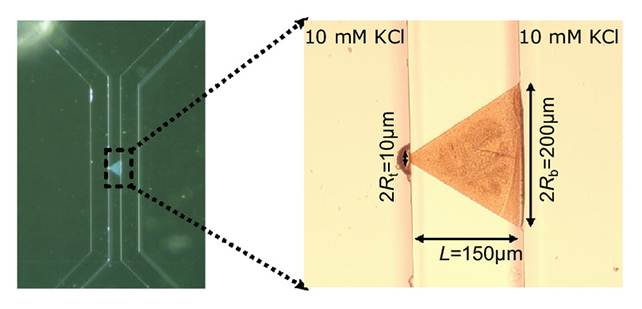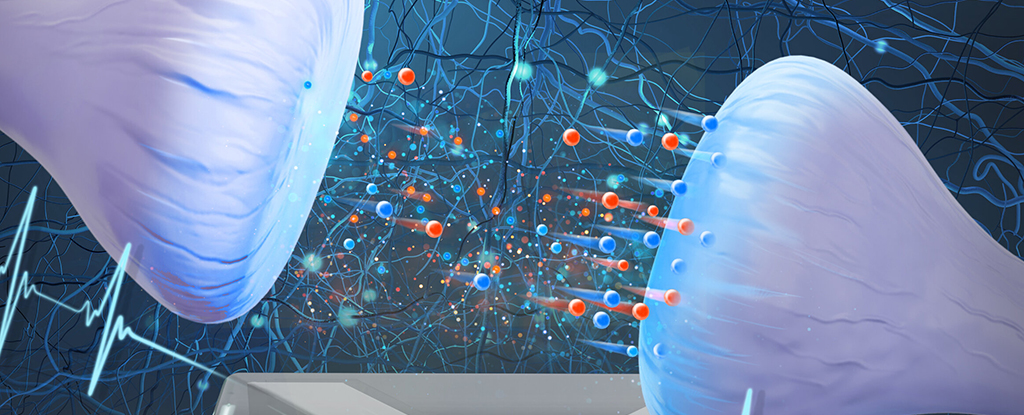For the first time, researchers have simulated neurological junctions called synapses using the same water and salt ingredients the brain uses, contributing to an emerging field that combines biology with electronics called iontronics.
The team from Utrecht University in the Netherlands and Sogang University in South Korea claim to have been inspired by the functioning of the human brain, which also uses charged particles called ions dissolved in water to transmit signals within neurons.
An important feature of the brain’s ability to process information is synaptic plasticity, which allows neurons to adjust the strength of connections between them in response to input history.
Called an iontronic memristor, the device ‘remembers’ how much electrical charge has previously flowed through it, bringing us closer to generating artificial systems capable of mimicking the superpowers of the human brain.
“It represents a crucial advancement toward computers not only capable of mimicking the communication patterns of the human brain but also utilizing the same medium,” says theoretical physicist Tim Kamsma from Utrecht University.
Shaped like a cone with a solution of water and salt inside, the iontronic memristor measures just 150 by 200 micrometers – the width of about three or four human hairs side-by-side. Electrical impulses cause ions to move through the cone-shaped channel, with variations in the electrical charge leading to variations in the ion movement. The change in how the synapse conducts electricity can be measured and decoded to understand what the input signal was, representing a kind of memory.

It’s still very early stages for the device, and for iontronics in general. Yet the way the length of the channel affects the memory retention duration of the memristor already suggests channels could be tailored for specific tasks, much like they are in the brain. The physicists also want to see how these synthetic synapses could be combined in different ways.
Being relatively quick and cheap to produce, the new design could be scaled for a range of future applications.
“While artificial synapses capable of processing complex information already exist based on solid materials, we now show for the first time that this feat can also be accomplished using water and salt,” says Kamsma.
“We are effectively replicating neuronal behavior using a system that employs the same medium as the brain.”
The hope is that by following the blueprint provided by the brain so faithfully, rather than relying on traditional electrical processes and components, we’ll be able to get close to the capacity and the efficiency of the brain with our own computers.
For the researchers, it’s also a powerful example of how theoretical and experimental physics can be combined to break new scientific ground – giving the team a ‘wow’ factor moment when the artificial synapse was created.
“I thought wow!” says Kamsma. “It’s incredibly gratifying to witness the transition from theoretical conjecture to tangible real world outcomes, ultimately resulting in these beautiful experimental results.”
The research has been published in PNAS.





